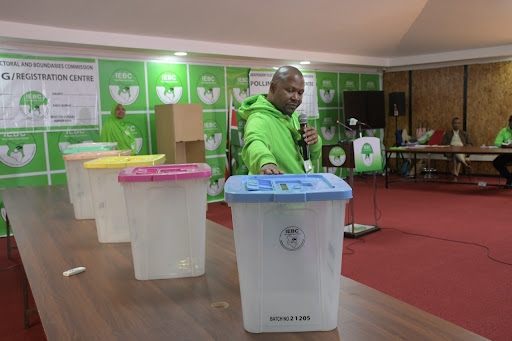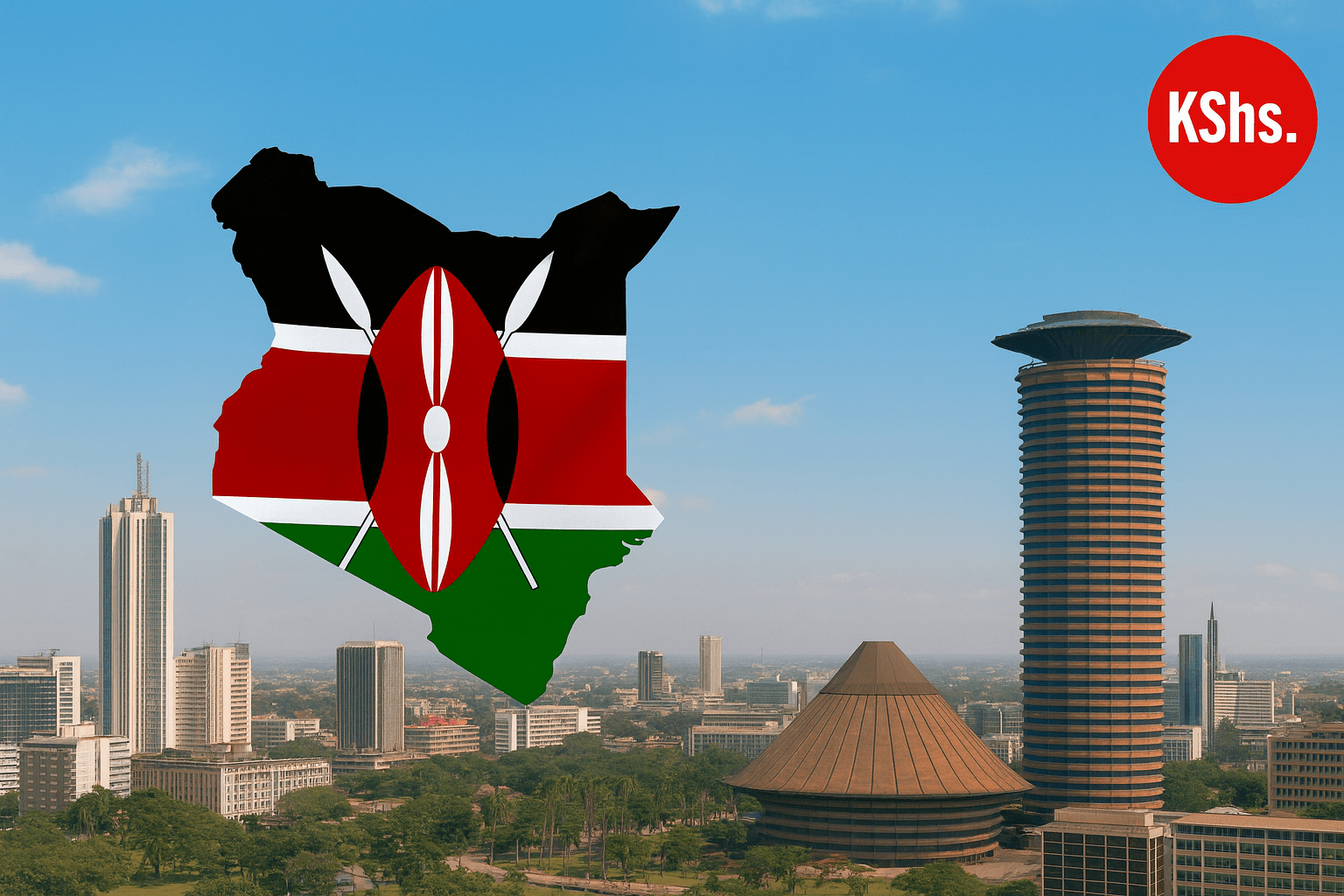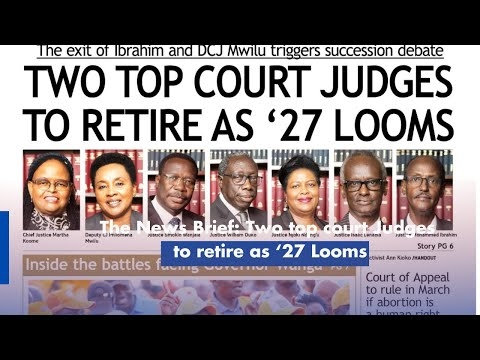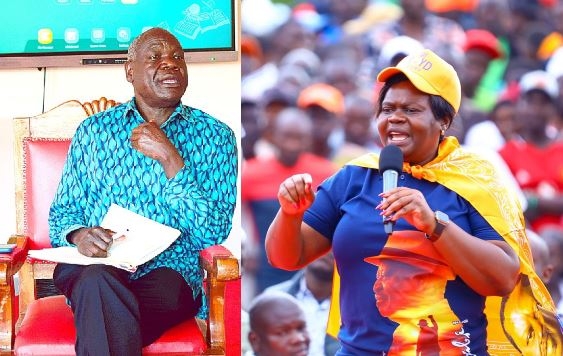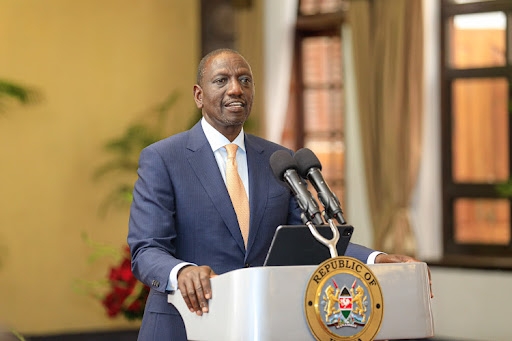
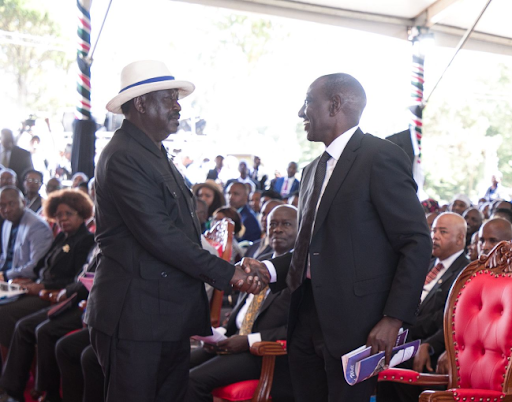
President William Ruto’s United Democratic Alliance remains the most popular political party in Kenya, according to the latest Tifa opinion poll.
The survey indicates that 16 per cent of Kenyans identify with UDA, placing it ahead of Raila Odinga's ODM at 13 per cent and the Democratic Congress Party (DCP) at 9 per cent.
As the political climate gears up for upcoming by-elections and the looming 2027 general election, these figures prompt deeper analysis.
The Azimio Coalition, which includes ODM, garners only five per cent support, while the Wiper Democratic Movement led by Kalonzo Musyoka stands at four per cent.
Smaller parties, such as the Kenya Kwanza Alliance and Jubilee, each attract 3 per cent, highlighting a fragmented political landscape.
Notably, a staggering 31 per cent of Kenyans feel no alignment to any political party, with an additional 10 per cent undecided.
This level of political disengagement is unprecedented, marking the highest recorded since the return of multiparty polling in the 1990s.
Kenyans are increasingly disillusioned with traditional party politics, raising questions about the future of political engagement in the country.
Amid this backdrop, Raila’s recent remarks about the 2027 election have drawn particular attention.
Known for his history of political manoeuvring, the ODM leader has been criticised for his inconsistent positions. His flip-flopping has not only confused his base but also raised doubts about his commitment to a cohesive opposition front.
Just weeks ago, he hinted at the possibility of backing Ruto in the next election, a move that could alienate his loyal supporters and further diminish his credibility. This week, he told his party the broad-based arrangement will last till 2027.
Raila’s ability to unite the opposition is crucial, especially as the upcoming by-elections are seen as a litmus test for his leadership. With many Kenyans expressing scepticism about the effectiveness of the opposition, his stance could either bolster or severely undermine the coalition's chances in 2027.
Compounding these challenges is the waning public trust in the Independent Electoral and Boundaries Commission. Nearly half of Kenyans (48 per cent) express a lack of confidence in the commission.
Despite the appointment of new commissioners and a chairperson, the integrity of the electoral process remains in question.
Only 18 per cent of respondents are "very confident" in the IEBC, while 26 per cent are "somewhat confident."
Another eight per cent remain unsure about the commission's credibility. Factors contributing to this distrust include concerns about political interference and electoral corruption, cited by 45 per cent of those lacking confidence.
Additionally, 34 per cent of respondents express scepticism about the capabilities of the newly appointed commissioners.
These sentiments are critical, as they highlight the urgent need for the IEBC to take concrete steps towards transparency and accountability, particularly in light of the upcoming by-elections.
The Tifa survey underscores the difficult terrain that both the ruling UDA and the opposition face as they prepare for the 2027 elections.
The combined support for UDA, ODM and Ford-Kenya—a coalition closely tied to the ruling party—totals just under one-third of Kenyans (30 per cent).
This suggests that the majority of the electorate remains open to new political alternatives, a fact that both parties must reckon with as they craft their strategies.
The survey also reveals that public sentiment towards the broad-based government formed by Ruto and Raila in March is largely negative.
The coalition was designed to tackle pressing issues such as debt, corruption and political instability, but the public perception indicates that it has fallen short of its objectives.
Approximately 37 per cent of respondents believe that the arrangement serves personal interests over the public good. Another 27 per cent feel it undermines democracy and weakens the opposition, while 17 per cent view it as irrelevant to pressing public needs and development.
The growing discontent among Kenyans suggests that both Ruto and Raila must re-evaluate their governance strategies if they hope to regain public trust.
As the country approaches the by-elections in November, both UDA and ODM have a unique opportunity to recalibrate their approaches.
For UDA, maintaining its lead in popularity will require a concerted effort to engage with the electorate and address their concerns. This involves not only delivering on promises but also ensuring that the voices of ordinary Kenyans are heard.
For Raila, the upcoming elections could serve as a critical juncture. He must navigate his relationships within the opposition carefully, particularly if he intends to position himself as a viable alternative to Ruto in 2027. Consistency in his message and a clear plan for addressing the needs of his constituents will be essential.
The IEBC also has a pivotal role to play in restoring public confidence. By actively engaging with the electorate and demonstrating a commitment to transparent electoral processes, the commission can help alleviate some of the scepticism that currently pervades public sentiment. This effort will be crucial not only for the upcoming by-elections but also for the integrity of the 2027 elections.


